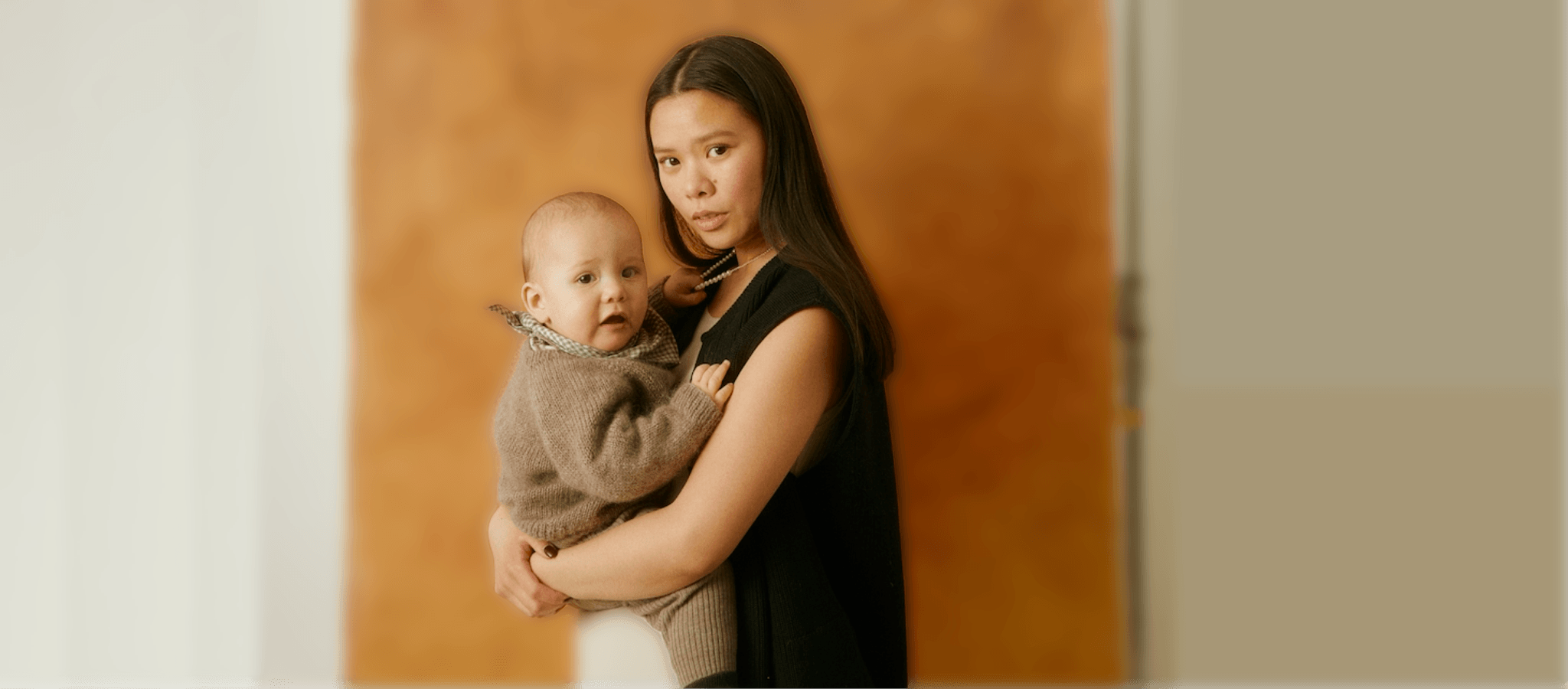By now, you may have seen Rihanna’s pregnancy announcement during the Super Bowl Halftime Show and may have been wondering, like many, “Wait a minute, didn’t she just have a baby?”
This brings up many questions surrounding having children close in age. Is it safe? Is it healthy for the mother/birthing parent? Is it safe for the baby? In this blog, we will cover some guidelines that may be helpful to understand from both Eastern and Western medical perspectives.
Are there any definitive health risks to having babies close together? The answer may depend on the mother’s family history, age, health, and whether she has suffered from previous miscarriages. Statistically, according to the March of Dimes, if there is not enough time between births, there is a risk of premature birth (< 37 weeks gestation), low birth weight, and SGA (small for gestational age).
From an East Asian medical perspective, setting aside some time after the pregnancy for convalescing is important. This may seem impossible for busy new parents, but traditionally the first few months after the birth are spent resting and recovering diminished Qi (life force/energy) and Blood. In our busy modern lives, this can mean eating nourishing food, getting rest where possible, leaning on your community where we can, and not expecting our bodies to return to their pre-pregnancy state immediately.
Too much stress and activity in the post-partum phase can deplete the body, making getting pregnant and staying pregnant more difficult. Postpartum depression, insufficient lactation, joint pain, digestive and elimination upset, hair loss, and urinary incontinence may be more prevalent when there isn’t enough time to recover from a previous pregnancy.
If you are looking to have more than one or two children and/or would like to have them close in age, here are some resources to ensure your and your baby’s optimal health:
We recommend you continue to take your prenatal vitamin for six months after the birth and while breastfeeding. At the very least, start a prenatal three months before you want to start trying to conceive again. Ask your healthcare providers if there are any additional supplements they recommend.
Pick warming, easy-to-digest foods such as soups and stews, and ensure you get sufficient protein and healthy fats to support a healthy uterine environment and balanced hormones.
Talk to your healthcare provider
Before any pregnancy, it’s recommended to have a “preconception” visit with your OB/GYN. During this visit, they’ll recommend any supplements they think you should take, perform a basic OB/GYN internal exam, and likely perform STD screenings. This can be helpful information to have before getting pregnant again.
How you deliver your first child, vaginal birth or cesarean section, will influence the time necessary to heal your uterus between pregnancies. If you gave birth by C-section, most doctors recommend waiting at least 6 months before trying to get pregnant again for the safety of the mother and baby, and some prefer 18-24 months. The time you wait will also affect the birth options available to you—for example, a planned c-section verse attempting vaginal birth after C-section (VBAC).
If you have struggled with infertility when trying to conceive or are of “advanced maternal age,” you may also want to consult your healthcare provider or a reproductive endocrinologist for their recommendation on when to start trying. They may run blood tests to check your AMH (Ovarian Reserve) level. If you are breastfeeding or recently weaned your baby, your provider will also test to see if your prolactin levels have returned to normal. And if you conceived using IVF, your timeline may depend on whether you have any previously frozen embryos. Most REs recommend waiting at least six months (and many up to a year) before another retrieval, but this timeline will vary depending on the patient. Most also prefer the parent to have stopped breastfeeding for best results.
Emotionally Processing Your Pregnancy, Birth, and Postpartum
Yes, pregnancy, birth, and early parenthood can be beautiful experiences. They are also ripe with opportunities for upset or trauma. From struggling to conceive, the responsibility of carrying a child, the birth itself, and the sometimes chaotic post-partum period, there are bumps along the way to parenthood, which vary from person to person.
Before conceiving, consider ways to process any lingering unease or unresolved issues from your first pregnancy. This could include talking to a therapist, joining a support group, hiring a post-partum doula, listening to other birthing people’s experiences on podcasts, or leaning on a friend or partner. Sharing your story may help. You may also want to use a creative outlet like making birth art or writing about your experiences.




